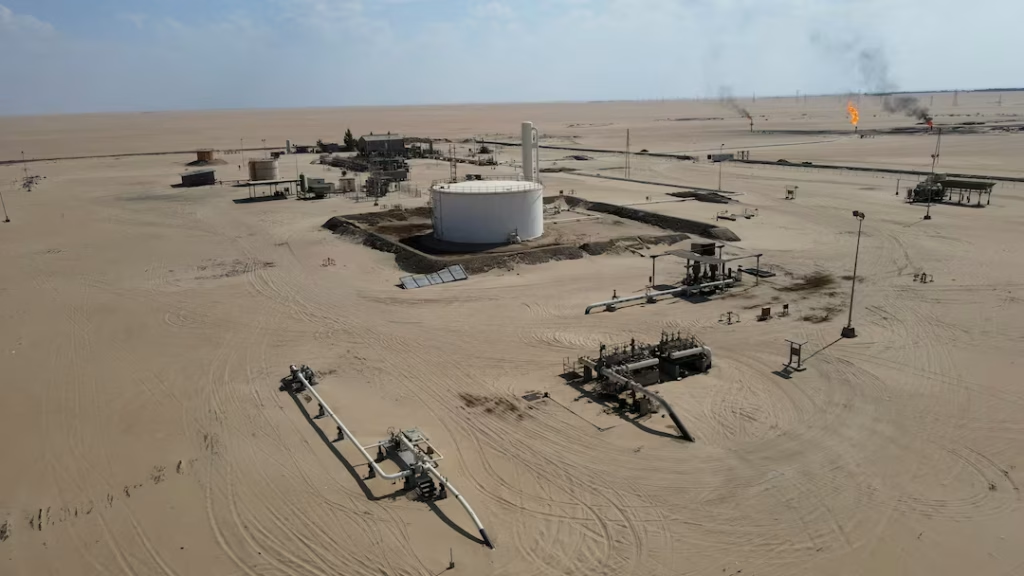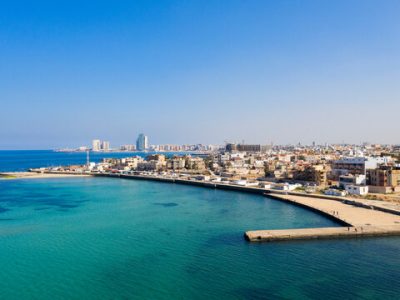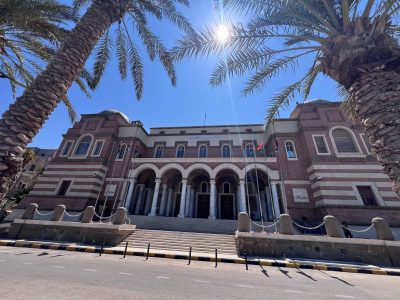Libya Oil Production Rises as OPEC+ Monitors a Key Player in Global Energy Markets
Libya’s vast oil reserves shape both its domestic economy and global market calculations. Production has risen steadily, reaching levels not seen since before 2011. By the end of 2024 Libya was producing close to 1.4 million barrels per day, and in May 2025 surveys recorded a twelve-year high of 1.23 million barrels per day. These numbers place Libya among the most significant producers in Africa and a notable factor in the Mediterranean energy landscape.
Libya’s status within OPEC remains distinctive. It is one of the few members exempt from the production quotas imposed by the wider OPEC+ alliance, a decision rooted in the country’s internal instability. This exemption means that while other producers must carefully trim or increase supply in line with OPEC’s agreements, Libya has more room to maneuver. At the same time, it makes the country’s production swings especially noticeable. Analysts repeatedly highlight that the rise or fall of Libyan output can tip the balance in tight markets, influencing prices that affect not only regional buyers but also the global economy.
OPEC+ Decisions and Libya’s Position
The OPEC+ group has taken aggressive steps to manage supply in the past two years. In mid-2024, member states extended deep output cuts into 2025 in order to stabilize prices against weak demand growth and uncertain economic conditions. These cuts were central to keeping Brent crude above levels needed to sustain government budgets in many oil-exporting states. Libya’s exemption, however, made it an unpredictable player within this carefully coordinated system.
The volatility was clear when political disputes in the east of Libya triggered blockades at major oil fields in late 2024. The standoff cut roughly 300,000 barrels per day from national output and forced the National Oil Corporation to declare force majeure at several terminals. Once an agreement was reached over control of the central bank, production rebounded rapidly. The sudden restoration of supply eased some pressure in international markets and showed how Libya’s domestic politics could ripple outward, softening or sharpening the effect of OPEC+ production limits.
For OPEC, this volatility is a complication. On one hand, Libya’s oil provides flexibility in moments when global markets are tight. On the other, the unpredictability makes it harder for the alliance to project discipline. The exemption will likely remain for the foreseeable future, as stability has not yet been secured and production infrastructure remains vulnerable.
Production Ambitions and Structural Limits
The National Oil Corporation (NOC) has repeatedly emphasized its determination to expand production. Official targets are ambitious: 2 million barrels by 2025. The government has supported these goals with new policies, including the first major licensing round in nearly two decades. In early 2025 the NOC opened bidding for 22 exploration areas under production-sharing contracts, a move designed to draw new foreign partners into the upstream sector.
International companies have shown renewed interest. BP and Shell have pursued exploration agreements in recent months, while European firms that had once withdrawn are returning to Libyan fields. These partnerships provide technology and financing that the NOC alone cannot secure. Chairman Massoud Suleiman has underlined that rebuilding infrastructure, modernizing fields, and investing in exploration are critical steps not only to raise revenue but also to reassert Libya’s role in the global oil market.
The targets, however, remain uncertain. Years of conflict have left pipelines and facilities strained, and militias still wield influence over critical terminals. Experts warn that underinvestment and the risk of renewed blockades could undermine the push toward higher output. The NOC itself has admitted that raising production is essential for stability, but it will depend on a rare combination of political calm and sustained investment.
Economic Stakes and Revenue Dependence
The consequences of production swings are most visible in the state budget. Oil revenues account for more than 95 percent of Libya’s GDP and nearly all of government income. In 2023 hydrocarbons represented 97 percent of state revenue, a figure that underscores the lack of diversification in the economy. When production falls, salaries and subsidies are threatened. When prices rise or exports increase, surpluses quickly emerge.
This cycle was evident in 2024 and 2025. According to central bank data, Libya’s oil sales in 2024 fell by almost 23 percent compared to the previous year, cutting revenues by nearly three billion dollars. By mid-2025, however, stronger production and firmer prices generated a surplus of about 1.4 billion dollars in the national budget. These swings illustrate both the opportunity and the fragility of Libya’s economic base. Sustained revenue is vital not only for maintaining social peace through subsidies and wages but also for funding long-delayed infrastructure and development projects.
Looking forward, the reliance on oil poses both risk and leverage. Risk lies in the exposure to global price cycles and to domestic political disputes that can shut fields overnight. Leverage lies in Libya’s capacity to expand production at moments when other OPEC members are constrained, giving it influence in regional energy diplomacy.
Libya’s leaders emphasize that oil remains the country’s economic backbone, but they also acknowledge that diversification is essential. For now, hydrocarbons will continue to dominate. OPEC+ will monitor Libya closely, treating its output as both a wild card and a necessary part of balancing global supply. The challenge for Libya is to use this moment of higher production not only to fill its budget but also to lay the groundwork for a more resilient economic future.




